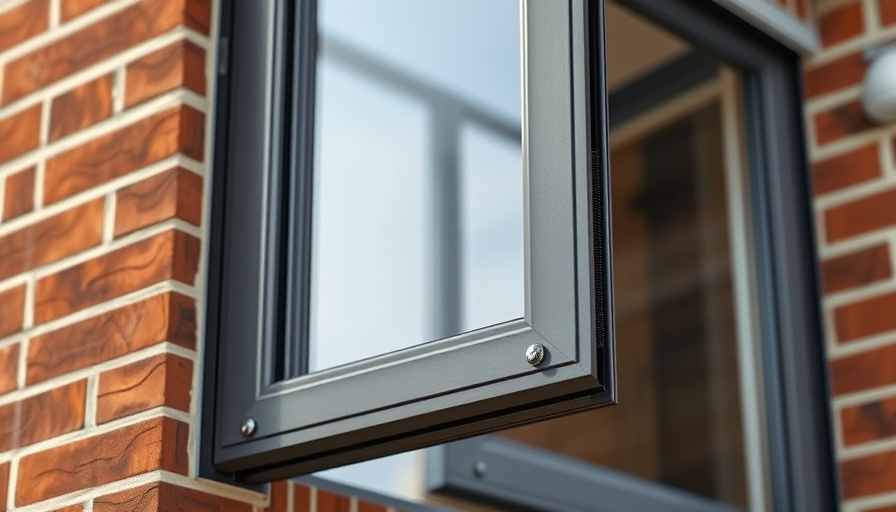
Understanding the Importance of Sealing Older Homes
As older homes age, they often become less energy efficient, leading to higher utility bills and discomfort for residents. Sealing older homes to prevent air leaks can significantly enhance energy efficiency, which is essential not just for saving money, but also for improving indoor air quality. By understanding common problem areas like windows, doors, and attics, homeowners can take proactive steps to seal gaps and enhance thermal performance.
Ventilation: The Other Side of the Equation
While sealing gaps is crucial, it is equally important not to overlook ventilation. Proper ventilation ensures that any airborne contaminants, such as moisture and pollutants, are expelled from the home while fresh air is brought in. This balance is critical—over-sealing without adequate ventilation can lead to issues such as mold growth and indoor air quality problems.
Finding the Right Balance: Sealing vs. Ventilation
Achieving the right balance between sealing and ventilation is vital for older homes. A study by the Department of Energy emphasizes the importance of controlled ventilation strategies to mitigate the risks associated with excessive sealing. Homeowners should consider tools like energy recovery ventilators (ERVs) that help to exchange indoor air with outdoor air without sacrificing energy efficiency.
Common Misconceptions About Sealing Older Homes
One common misconception is that sealing a home will make it completely air-tight, which can lead to moisture issues. It's essential to approach sealing with a thoughtful plan, emphasizing the need for both sealing and strategic ventilation. While older homes may have unique challenges, tailored solutions can enhance comfort and efficiency.
Next Steps for Homeowners
For homeowners considering sealing their older homes, the first step is an energy audit, ideally conducted by a professional who can pinpoint problem areas. Afterwards, applying weatherstripping, caulk, and spray foam insulation where necessary can greatly improve energy efficiency. Pair these measures with appropriate ventilation systems to maintain a healthy living environment.
 Add Row
Add Row  Add
Add 






Write A Comment